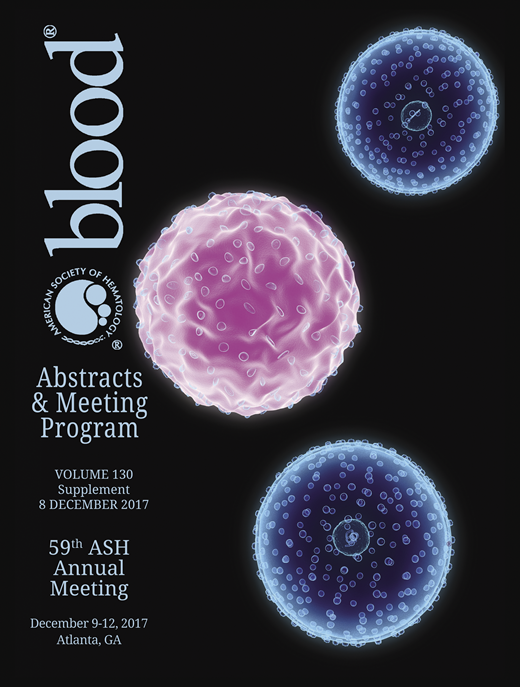Abstract
Introduction: Immunotherapy directed against the PD-1/PDL-1 pathway has shown activity across a wide range of malignancies and is currently being investigated in several others. Attia et al. showed that autoimmune toxicity correlates with tumor regression in patients with metastatic melanoma treated with anti-cytotoxic T-lymphocyte antigen-4 (CTLA-4). Grade ¾ lymphopenia has been reported in up to 9% of patients receiving anti PD-1/PDL-1 treatment. The aim of this study was to examine if severe lymphopenia (Grade ¾) correlates with outcome in patients treated with anti PD-1/PDL-1 therapy.
Methods: We looked at a sample of 154 patients aged 18 years or older, treated at the University of Oklahoma Health Sciences Center between 2014 and 2016. Total white blood cell (WBC) count at baseline as well as peak and nadir WBC count were examined. Similarly, absolute lymphocyte count (ALC) at nadir was examined as well. We also looked at the hemoglobin at baseline and number of packed red blood cell and platelet transfusions. Simple descriptive statistics were created for all covariates. The primary objective of this study was to examine the association between grade ¾ lymphopenia and progression free survival (PFS),defined as disease progression or death. Our secondary objectives were to examine if the choice of a particular anti PD-1/PDL-1 treatment or the line of treatment correlate with PFS. Kaplan Meier Survival analysis and plots were created for categorical outcomes and cox proportional hazards model was used to assess the association of each continuous covariate with survival.
Results: The majority of patients were females (57%). The median age was 63 years. Lung cancer was the most common diagnosis (20.8%) followed by melanoma (20.1%) and ovarian cancer (12.3%). Nivolumab was the most commonly used agent (47.4%) followed by Pembrolizumab (22.7%), other investigational agents (22.7%) and Atezolizumab (7.2%). Median number of treatments received was 5. Median WBC count at baseline was 6.87 K/mm3. Median peak and nadir WBC counts were 10.5 k/mm3 and 5 k/mm3 respectively. Median hemoglobin at baseline was 11.8 g/dL. 19.5% patients required PRBC transfusion with a median number of 3 transfusions. Only 3.3% patients required platelet transfusion with a median number of 4 transfusions. Grade ¾ lymphopenia (less than 500/mm3 ) was observed in 20.3% of patients. Among those patients, lung cancer was the most common diagnosis (23.3%) followed by cervical cancer (20%), urothelial cancer (13.3%) and head and neck cancer (10%). On a univariate analysis, there was a trend towards worse PFS in patients with grade ¾ lymphopenia but it was not statistically significant (p= 0.0829) . Similarly, one anti PD-1/PDL-1 agent was not found to be superior over another (p=0.099). Not surprisingly, patients who received anti PD-1/PDL-1 treatment as first line had a better PFSand overall survival (OS) than those who received it as second line, third line or higher and this was statistically significant (p=0.0001).
Conclusion: In our patients treated with anti PD-1/PDL-1 therapy, we noticed a higher incidence of grade ¾ lymphopenia than previously reported in literature. Grade ¾ lymphopenia was associated with a trend towards worse PFS but this was not statistically significant.
No relevant conflicts of interest to declare.
Author notes
Asterisk with author names denotes non-ASH members.

